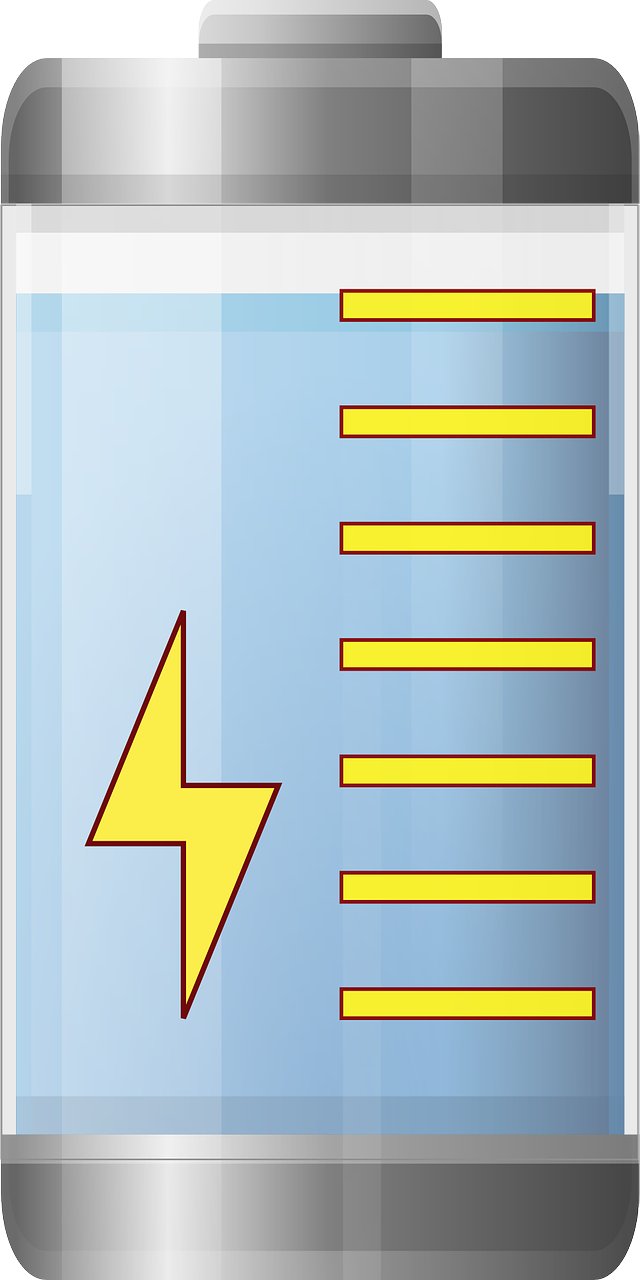Carbon and Electrical Loads // A Symphony of Links and Conduction

Pixabay
Carbon has an electronic configuration of 1s² 2s² 2p² and has four covalent bonds. This provides a unique opportunity to participate in the formation of a wide range of species, from simple hydrocarbons to complex molecules found in living organisms. This flexibility is due to carbon's ability to share electrons with other atoms, forming strong bonds, resulting in many different types of cells.
he importance of coal in the energy industry lies in its ability to produce electrically conductive chemicals. Although pure carbon in its crude form (graphite and diamond) is not a good conductor of electricity, its derivatives, such as carbon compounds, can exhibit conductive properties.
A well-known example is graphene, a two-dimensional carbon structure consisting of a single layer of atoms arranged in a triangle. Graphene has attracted the attention of scientists for its electrical and mechanical properties. Although graphene is an organic material, its structure allows electrons to flow easily across its surface, making it a good conductor of electricity. This ability makes graphene suitable for use in electronic devices, batteries, and other technological areas.
In addition to graphene, polymers also exhibit the ability of carbon to conduct electricity. These polymers are composed of long chains of repeating units that can be modified to exhibit controlled properties. By introducing functional groups into the polymer chain, free electrons can be generated and electricity can be conducted through the polymer. This concept has led to the development of organic materials for electronic devices and flexible electronics.
Finally, carbon is a primary carrier in electrical engineering due to its unique ability to form covalent bonds and its impact on the formation of conductive materials and compounds. From graphene to exciting polymers, carbon is demonstrating its ability to conduct electricity, paving the way for advances in technology and materials science. The correlation between carbon converters and electrical currents is advancing at an exciting pace, constantly inspiring new research and applications.
Bibliographic reference
Physical. Volume II: Electricity, magnetism and optics (Volume 1) by D. E. Roller, R. Blum, 2020
Fundamental Physics Second Semester Zaculeu by IGER.